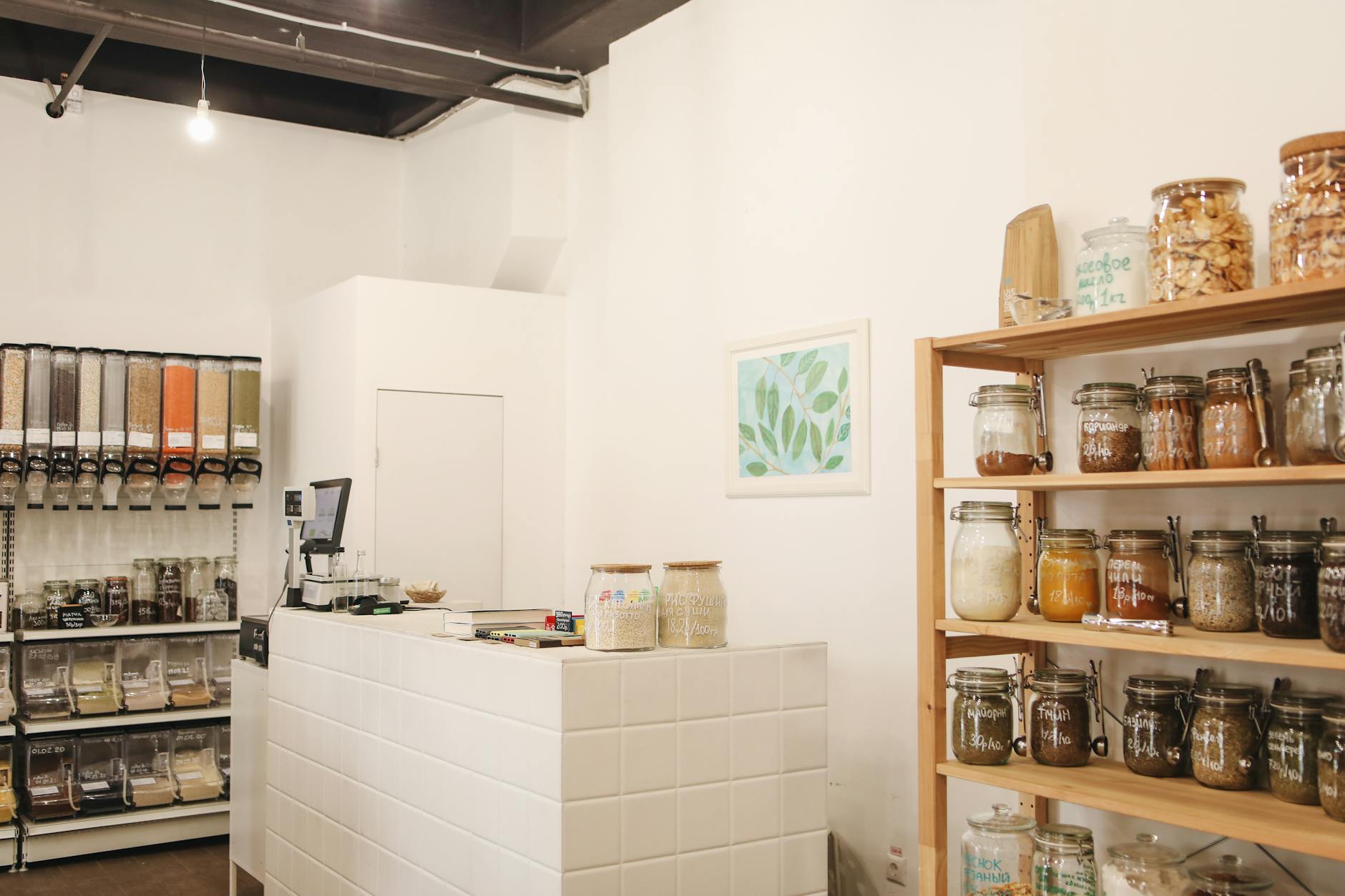How to Enhance Your Audio Installations in Australia

Assessing Your Current Setup
Evaluating Installation Needs
When you're absorbed in setting up that perfect contemporary art exhibit in Melbourne, much like arranging a fine platter for the Melbourne Food and Wine Festival, evaluating your installation needs becomes a work of art. A pivotal step involves understanding what your event demands, whether it’s a sleek motorised projector screen or intricate setups of audio equipment. This preparation reminds me of gathering ingredients from Queen Victoria Market, carefully selecting each piece to ensure it contributes to the masterpiece.
Analyzing Acoustic Spaces
Acoustic spaces are as critical as the fresh produce you find at the market. They require close attention to detail. Think of your venue as a dish; its characteristics dictate the seasoning you'll need. Consider the space's size, shape, and existing noise levels. This is akin to Melbourne's laneways; each turn offers a unique sound and feel. To achieve optimal audio, you'll need to invest time in placing your tech just right or adjust like you would for a perfect chocolate crackle at brekkie.
Identifying Equipment Gaps
Identifying gaps in your setup can be as thrilling as discovering a new café down a hidden laneway. This is your opportunity to innovate and push creative boundaries. What’s missing? Is it the integration of a fresh piece of tech or perhaps a tweak in the arrangement of existing gear? Understanding these gaps offers a roadmap for evolution, ensuring you’re not boxed into repetitive tasks that stifle your potential growth.
Choosing Advanced Equipment
Exploring Cutting-Edge Tools
When stepping into the realm of audio equipment, it's crucial to focus on innovation and the potential for dynamic, versatile use. Melbourne's vibrant Laneway culture is the perfect canvas for pushing creative boundaries with tools like mesh radios. These devices are changing the game, offering seamless communication and exceptional flexibility—qualities I’ve found indispensable during events at the Melbourne Food and Wine Festival.
Selecting Versatile Gear
I’ve been in the trenches of setting up audio systems, and one thing I've learned is that versatile gear can make or break an installation. It's similar to choosing between making your own ‘chocolate crackle’ or picking a simple pastry for brekkie; the versatile options open a myriad of experiences. Invest in equipment that can adapt to various settings and deliver unwavering performance, no matter if your backdrop is the Queen Victoria Market or a bustling art installation.
Prioritising Quality over Quantity
In Melbourne's eclectic gourmet scene, it's always quality that reigns supreme. The same mindset applies to audio installations. A few high-quality pieces of equipment will outshine a dense setup every time. It's like sourcing only the freshest ingredients for a dish—you may have fewer components, but the flavour they create is unparalleled. Prioritise robust, reliable equipment that delivers consistently excellent results and complements your creative aspirations.
Mastering Installation Techniques
Positioning for Optimal Sound
Positioning your equipment effectively can transform an ordinary setup into an immersive auditory experience. Within Melbourne's vibrant arts scene, where precision is key, embracing mindful positioning can be as critical as crafting that perfect 'brekkie'. Start by assessing the dimensions of the room at your next event. The geometry of the space, much like the intimate alleys of the Queen Victoria Market, can significantly influence sound distribution. For an enriched auditory experience, consider the integration of acoustic panels to manage sound reflections and absorption.
Calibration for Clarity
With your positioning perfectly arranged, it's time to delve into calibration. I always liken calibration to preparing for the Melbourne Food and Wine Festival — a meticulous process that involves balancing a mix of flavours or, in this case, audio frequencies. Begin by balancing the various channels of your sound system to enhance clarity without overwhelming the audience. Adjust levels gradually, ensuring each component contributes harmoniously, creating an unforgettable auditory tapestry.
Troubleshooting Common Issues
When you're on the spot, and the audio falters, quick thinking is essential. Drawing from my own experiences with improvised audio setups in Melbourne's laneways, I recommend starting with the basics. Check all connections, ensuring cables are secure, and power sources are stable. If unwanted reverberations emerge, reposition your equipment or revisit your calibration settings. Remember, sometimes the simplest tweaks can make all the difference in creating a flawless auditory presentation.
Innovative Setup Strategies
Utilizing Open Spaces
In your pursuit to elevate audio and visual installations, consider embracing the potential of open spaces. Imagine treating the spaciousness of a venue like the rows of fresh produce at Queen Victoria Market. By creatively configuring elements in these settings, you can optimise acoustics and visual appeal in ways that capture attention. Pay close attention to how sound travels in open areas, which requires a strategic placement of speakers and microphones to ensure even coverage. Investing in a professional microphone can make a significant difference here, delivering pristine sound quality that carries across larger areas.
Integrating Visuals with Audio
The artistry of seamlessly blending visuals and audio can transform a standard setup into an immersive experience. Envision yourself in Melbourne's vibrant laneways where art and music coalesce. Let these dynamics inspire you as you integrate projectors and lighting systems to complement sound. Vary your projections and audio intensity to keep the audience engaged, much like the constant shifts in Melbourne's renowned Laneway culture.
Experimenting with Layouts
Experimentation is at the heart of innovative setups. Much like the culinary experiments at the Melbourne Food and Wine Festival, consider shaking up traditional layouts in your audio-visual projects. Move away from predictable configurations; try arranging equipment in clusters or scattered patterns that guide the audience's focus intuitively. This not only showcases your adaptability but also caters to your audience's preferences, ensuring they experience something fresh and unexpectedly delightful.
Best Practices for Optimal Installations
Ensuring Reliable Connectivity
When setting up your culinary haven, akin to a bustling corner in the Queen Victoria Market, seamless connectivity becomes as vital as a well-kept secret spice mix. Ensuring reliable connectivity means more than a stable internet connection; it's about integrating the finest, top-shelf devices that talk to each other like seasoned chefs during the Melbourne Food and Wine Festival. Consider network devices that speak the same language, using advanced Bluetooth or Wi-Fi mesh systems to keep your digital kitchen in sync with your main setup, whether it's broadcasting the latest food trends or streaming a beloved cooking show.
Maintaining Equipment Longevity
Think of your equipment like the sturdy stalls at the Laneways—built to withstand the test of time. Regular maintenance is your culinary DIY brekkie kit, much like giving your favourite knife a sharpen every now and then. Clean connections, dust-off speakers, and periodic inspections are essential. It's a bit like ensuring your chocolate crackle hits the right texture each time: crisp and unforgettable. Opt for covers to protect screens and equipment when not in use, especially if your setup mirrors the open-air style often celebrated at outdoor gourmet gatherings.
Keeping Up with Culinary Audio Trends
In this rapidly evolving kitchen symphony, keeping up with trends is akin to sampling new recipes at the numerous pop-up stalls hitting Melbourne streets. Embrace innovation by exploring concepts like the visio sound AV integration, which perfectly marries visuals with gourmet presentations. Keep your finger on the pulse by following local experts and blogs, or attending workshops. This commitment to progression ensures your culinary workspace remains fresh, stimulating your senses as the aroma of a newly discovered dish wafts through a Melbourne afternoon.


